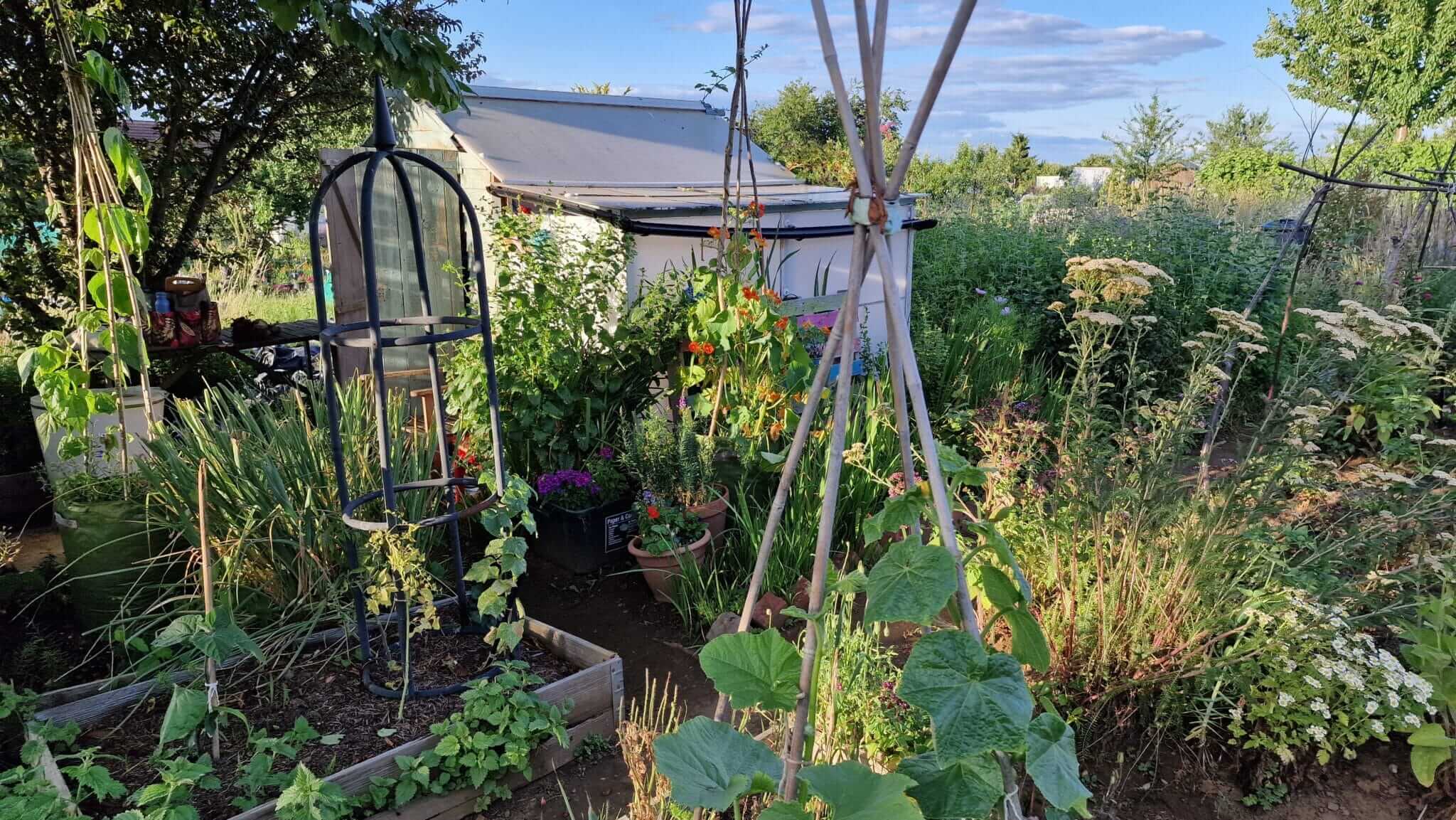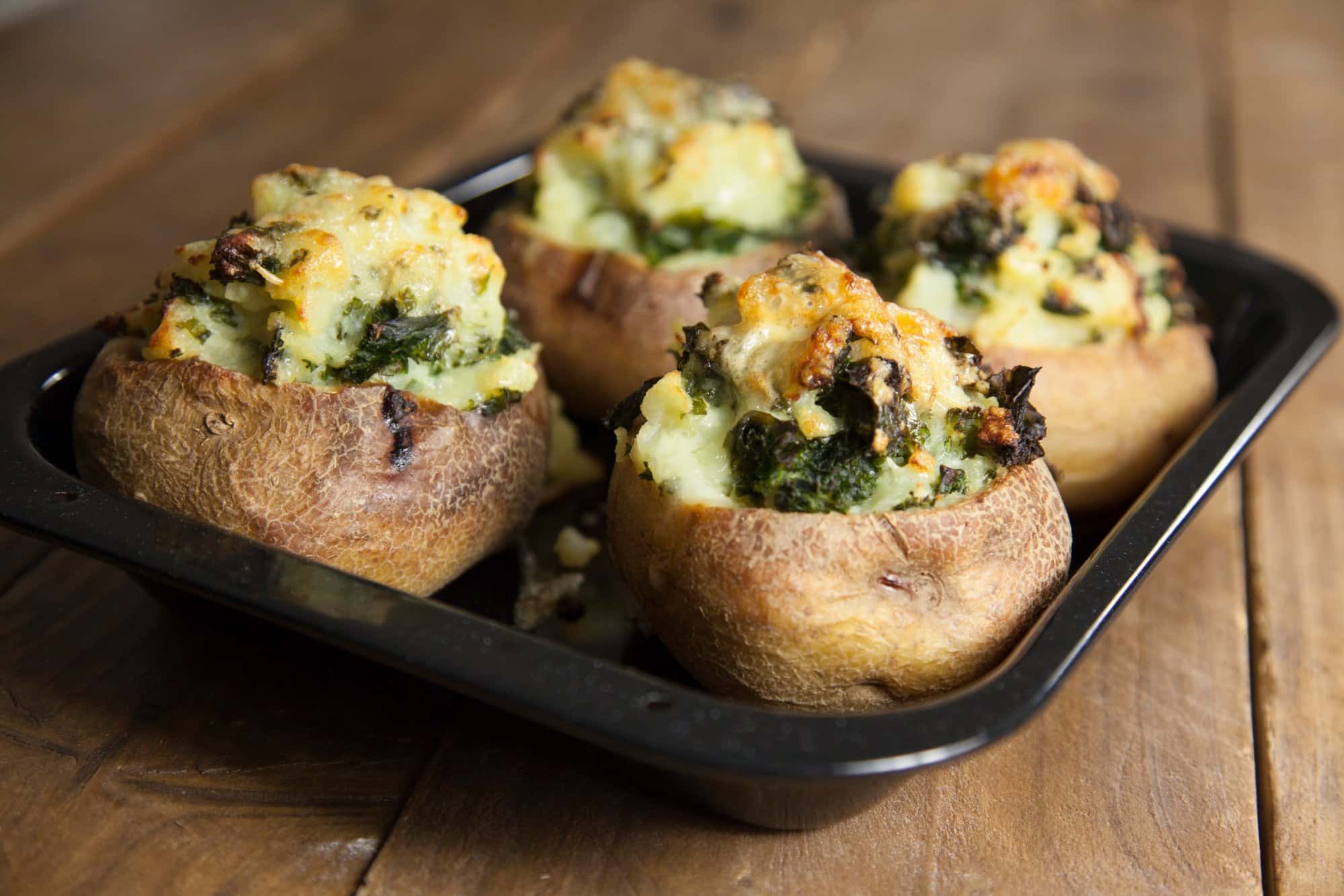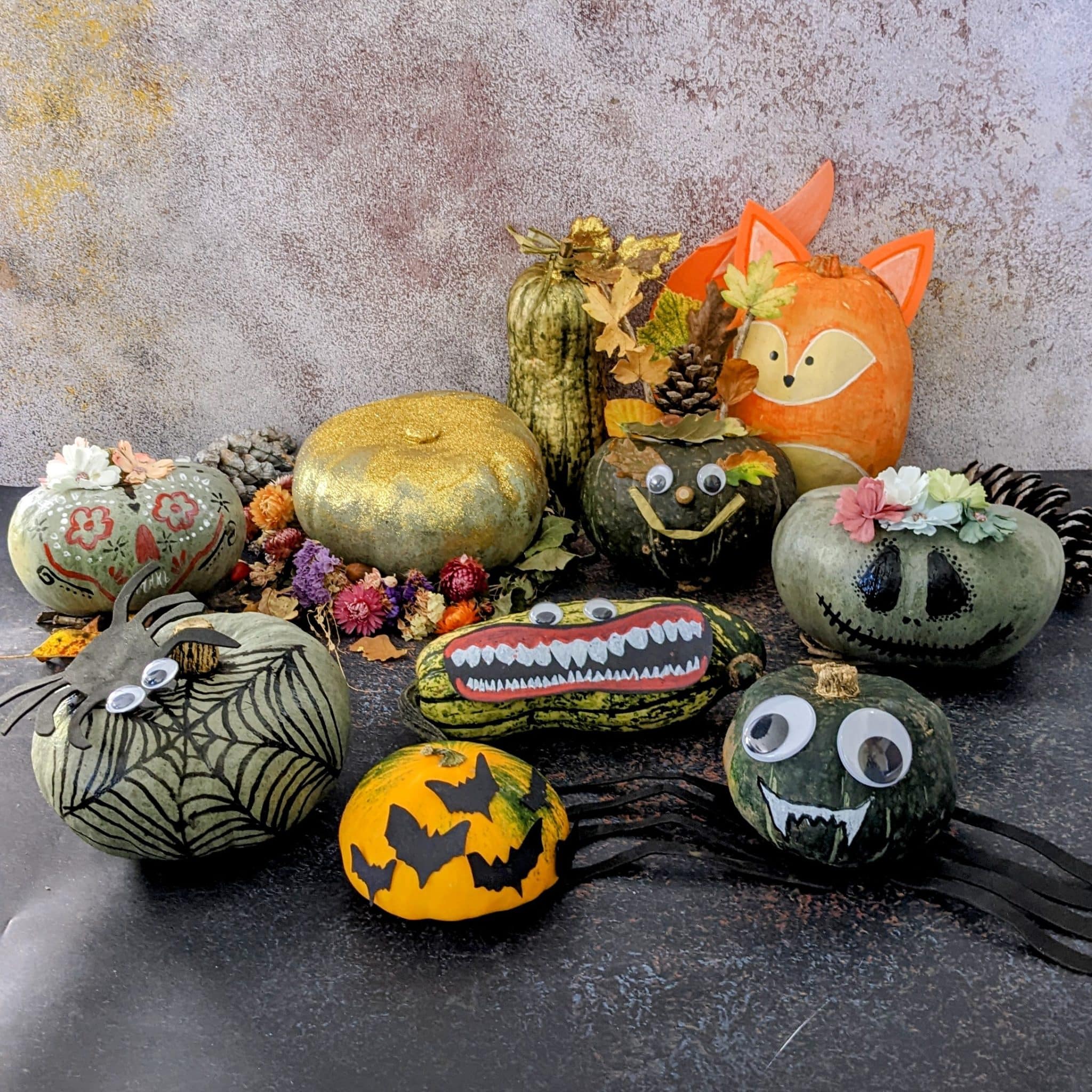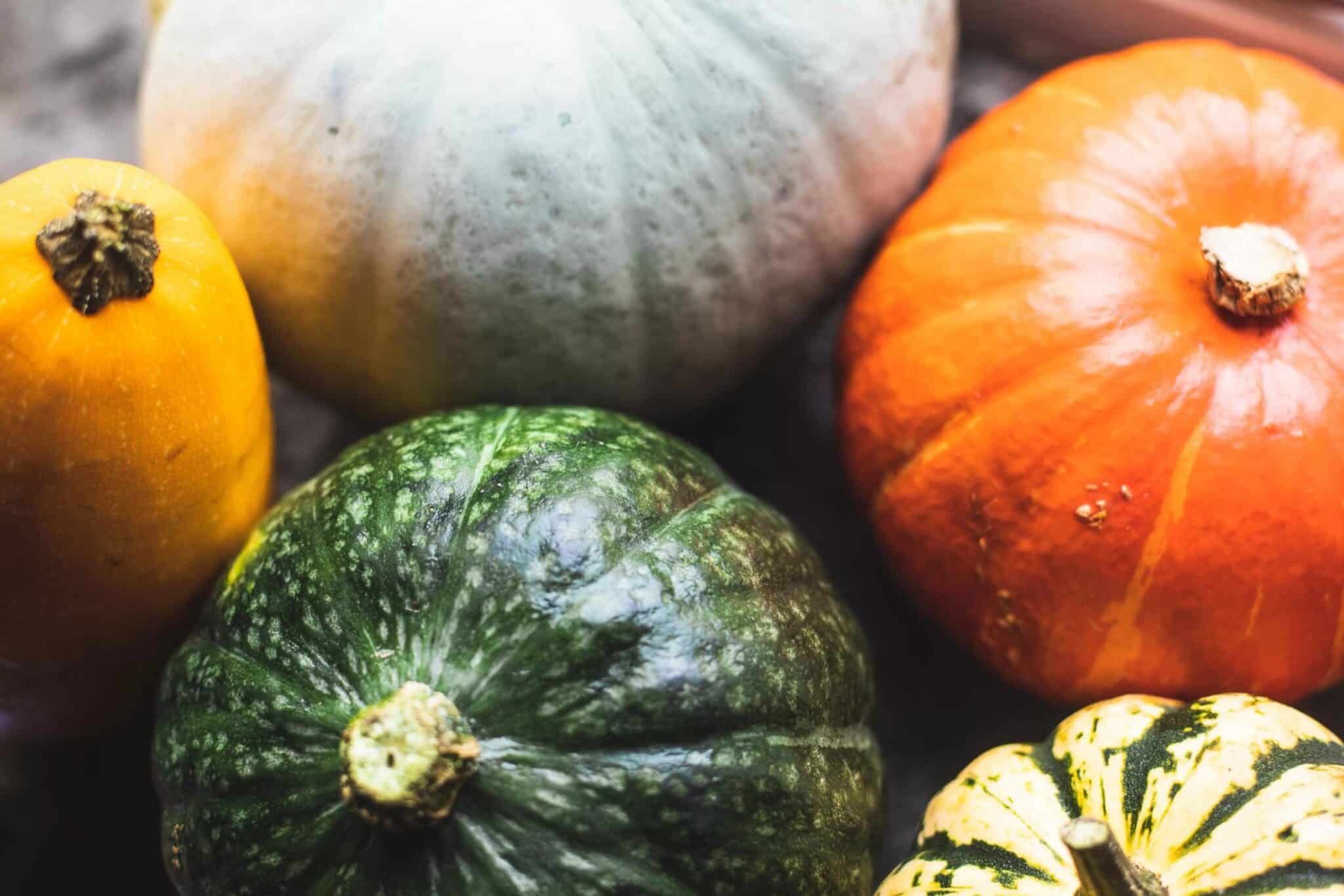Getting the keys to my first allotment 18 years ago, I felt a mixture of excitement and fear. I’d always dreamt of a small plot of land to call my own, and of course glossy baskets of organic fruit, veg and flowers – but the reality was a little different.
Like many newbie allotmenteers, I was greeted with a rectangle of land, choked with couch grass and dock, and not an edible plant in sight. Here’s what I learnt:
First steps
New plots come in all shapes and sizes, but most are measured in rods or poles, with 10 poles (or 250sq metres) being the average dimension. A plot of this size can be quite intimidating at first, so I recommend working on it in bite-sized chunks.
Divide your plot into four sections, or even eight, and work on a little bit at a time. You can divide these according to a rough crop rotation (legumes, brassicas, roots and alliums) or just sow and grow and see what happens. That way you feel a sense of achievement every time you leave the plot, and a sense of purpose every time you arrive.
Be a slave to your soil
The focus of this year’s National Allotment Week is soil health – and this is at the heart of organic growing. Within a few weeks of getting my plot, I created a makeshift compost heap from pallets and started recycling all my discarded green materials. Every time I visited my plot, I brought a bag of smelly kitchen scraps and torn-up cardboard and newspapers, adding layers to the pile like a giant lasagna.
Rather than digging my plot (both backbreaking and damaging to the soil), I cut down and composted larger foliage to soil level and layered mulch on top. This was a mixture of well-rotted compost, lawn cuttings, soil conditioner, cardboard (with a layer of compost on top) or well-rotted leafmould. Basically, anything I could buy, beg or ‘borrow’.

Later, I started sowing ‘living manures’ in the form of green manure plants, that I simply broadcast as seeds and raked in. Adding to my soil like this had an amazing effect – supressing weeds, improving the structure and locking in moisture so my edible crops thrived.
Get help from your neighbours
You’ll make lots of friends at the allotment, who can offer advice, cuttings and tools. But my favourite kind of neighbours are the wild kind. Build wildlife habitats (and avoid pesticides) and nature will join you on your plot to support your growing endeavours. Fruit trees, climbers and seedheads encourage birds, a trug pond nurtures frogs and these – along with beetles, ladybirds and hoverflies – help control so-called pests such as slugs and aphids.
Love your weeds
Accept you won’t get rid of all weeds at your plot and remember they are beneficial. Weeds can transform bare earth into rich, fertile soil, help to stabilise and improve its structure, shield soil from the sun, wind and rain and boost insect numbers. Some weeds can even be eaten.

Grow what you eat
You may only have a few hours a week to dedicate to your plot, so I recommend limiting yourself to crops you actually want to eat, or those that taste better homegrown and pesticide-free. Good choices to sow in August include rocket, land cress and winter purslane. Or plan ahead with strawberries grown from bare-root runners, which you can snip from a friendly neighbour for fruit next summer. Garlic and broad beans can be sown in the autumn for a spring crop.
The Grow Your Own Wicked Leeks series is written by Garden Organic, the national charity for organic growing. Each month we bring you timely advice on what to do in your organic patch, whether you’re an experienced grower or just starting out. Share your own tips and gardening photos on social media under #GYOWickedLeeks.















0 Comments